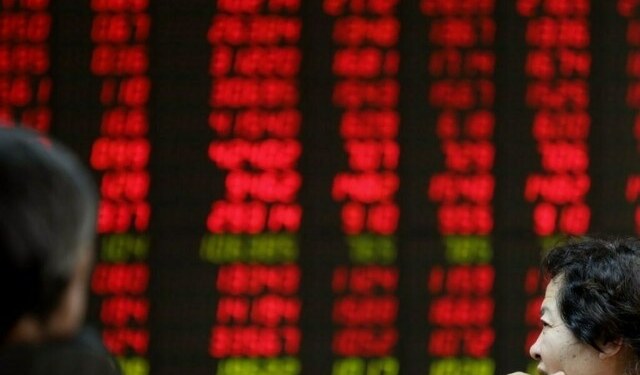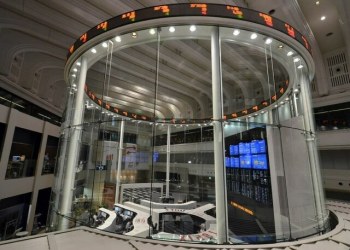Cleveland, OH – World demand for rubber is forecast to rise 3.9 percent per year to 31.7 million metric tons in 2019. Gains will be driven by increased tire manufacturing, which represents by far the largest application for rubber. Rising income levels in developing regions, particularly in the Asia/Pacific region, will support gains in motor vehicle manufacturing and usage, fueling demand for tires and, in turn, rubber. “Growth in manufacturing activity will also support increased demand for rubber in non-tire applications such as automotive components, industrial rubber products, medical products, and footwear,” notes analyst Elliott Woo. These and other trends are presented in World Rubber, a new study from Freedonia Group, a Cleveland-based industry research firm.
The Asia/Pacific region is projected to post the fastest growth in rubber consumption through 2019 and will account for nearly two-thirds of global demand in that year. Through 2019, six of the seven fastest growing national rubber markets worldwide (Iran is the seventh) will be located in the Asia/Pacific region. Indonesia, India, and Thailand are expected to post the fastest growth. Demand for rubber in China, Malaysia, and Vietnam will also advance rapidly, benefiting from gains in manufacturing activity. China will remain by far the world’s largest rubber market, representing over half of the Asia/Pacific total in 2019.
Demand for rubber in Central and South America and the Africa/Mideast region will rise at solid rates also, benefiting from growth in their tire industries. Demand for rubber will advance at below average rates in North America and Europe through 2019. The maturity of economies throughout these regions will constrain growth in the manufacture of rubber consuming products. However, gains in tire manufacturing in both regions will support advances in rubber demand.
Western Europe is forecast to post the slowest growth in rubber demand through 2019. The region’s tire industries have suffered from producers shifting operations elsewhere in the world, and the permanent closure of tire manufacturing facilities will limit the ability of Western Europe’s rubber market to recover from the region’s recent economic weakness


























